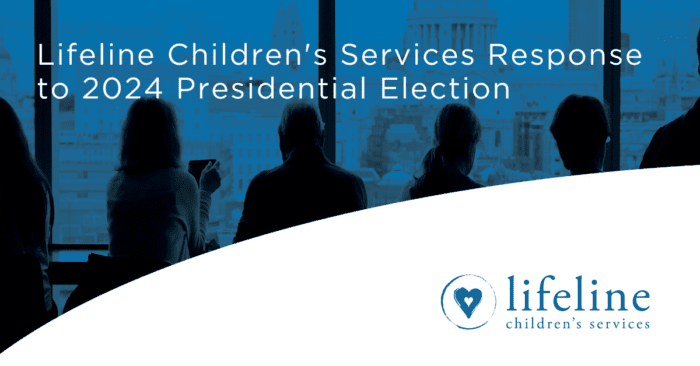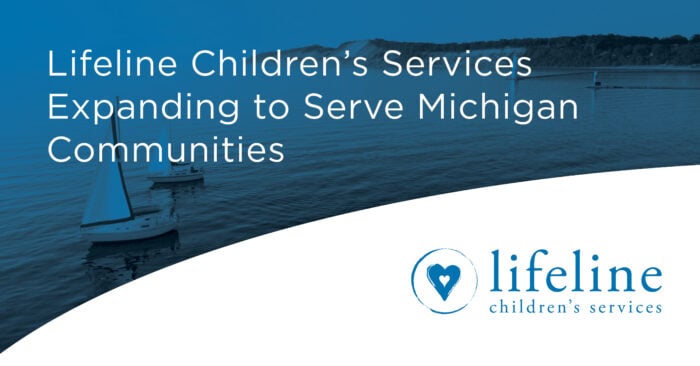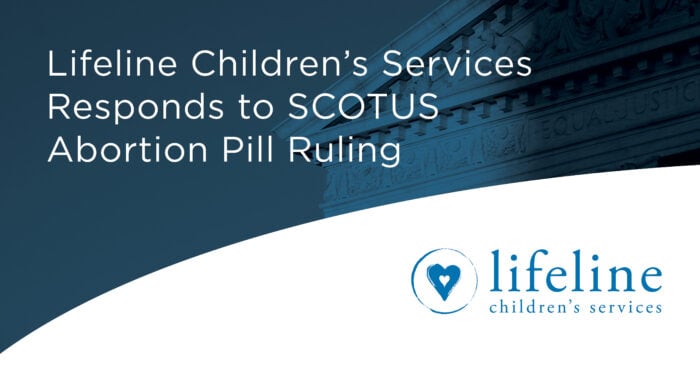SIBLINGS: RESOLVING CONFLICT
P.E.A.C.E.
As a parent my children’s arguments often sent me over the edge! I wanted our home to be peaceful! In Romans 12:18 Paul writes these challenging words, “If possible, so far as it depends on you, be at peace with all men.” Paul was obviously an only child! For any relationship this is a challenge, but sibling relationships bring their own special joys and difficulties. Our sibling relationships will likely be the longest enduring relationship we will have. These relationships can provide us with deep love and connection, but they can also create deep frustrations. Our siblings know our weaknesses and can “push our buttons” like no one else. The sibling relationship provides unique opportunities to learn and practice important skills that can be applied to any relationship in life. A parent’s role is to help children develop these skills. But how? How do we bring peace to our home?
P is for PROACTIVE
Start by being proactive. Note when and how often, conflict occurs between your children. If conflict is happening at specific times of the day, flare ups might be prevented. Regular food and hydration can keep blood sugar levels stable and moods regulated. Think Hangry, a term coined from hungry and angry. We all get cranky and our tolerance dips when we are tired and hungry. Giving regular snacks, drinks and rest may prevent many conflicts. Does the conflict happen at certain times of the day? Is it during the morning rush? Does it happen in the late afternoon when everyone needs an energy boost? Then consider creating extra time in the mornings so that last minute needs do not cause stress. During the afternoon lulls everyone may need to have times of quiet, and go to separate rooms to play to avoid tensions.
E is for EMOTIONS/EMPATHY
Identify the feelings and emotions you experience in conflict. If you are agitated responding too quickly might make it worse. So, before you rush in, to put out the “fire”, apply the Stop, Drop and Role (Roll) advice from firefighters. Stop, make sure you are calm. Your children will take on your emotions and if you are aggravated, it could escalate the situation. Use calming techniques such as deep breathing to become regulated. Once you are calm, drop down to your children’s level, so as not to appear threatening which puts them on the defensive. Finally, and most importantly, remember your role. It is not your responsibility to solve your children’s conflict, but it is your job to provide them with the tools they need to resolve conflict. Teach them how to calm themselves, understand their sibling, and work toward compromise.
Once you understand your emotions and the role you have in your children’s conflict, then you can respond to each child with empathy. Listen to your child’s feelings and emotions behind the issue. Let your child know that you understand it is hard to work through conflict with others. As your child feels heard and understood it will bring them to a place of calm and then they will be able to work on problem solving. Think back to your own childhood and sibling relationships. Maybe you were the oldest and could take advantage of your younger siblings, or maybe you were the youngest and often the victim. How did your own parents respond to the conflicts you had with your siblings? Did you feel heard and understood?
A is for ACCEPT
In Romans 3:23 we learn that “All have sinned and fall short of the glory of God.” Because of the Fall and our sinful nature, this side of heaven we will have conflict. It is inevitable. Ken Sande and Kevin Johnson in Resolving Everyday Conflict, state that conflict happens when you are at odds with another person over what you think, want, or do. Your child’s conflict is not necessarily a reflection of your parenting skills. We can view conflict as an opportunity! It is an opportunity to teach skills in conflict resolution that will make relationships stronger and deeper. It is with the help of the Gospel that we can resolve conflict in a healthy way. Ken Sande and Kevin Johnson give four principles to use as we respond to conflict. Principle 1. Go Higher, ask, How can I focus on God in this situation? Principal 2. Get Real, ask, How can I own my part of this conflict? Principle 3. Gently Engage, ask How can I help others own their contribution to this conflict? Principle 4. Get Together. How can I give forgiveness and help reach a reasonable solution? You can teach these four principles to your children as they learn about conflict resolution.
C is for CURIOUS
Behind every behavior there is a thought and need that drives the behavior. Become curious about what drives your child’s behavior. Do they have feelings of inadequacy that cause them to express their needs in an inappropriate way? This might lead them to become the bully or victim in the sibling relationship. Do they have feelings of jealousy or envy? Do they have a need for additional attention and one on one time with a parent? As you are curious about what is driving the behavior you will see patterns that emerge and character issues that you can begin to address with your child.
E is for EQUIPPING
God’s desire for our relationships is stated well in I Peter 3:8-9, “To sum up, all of you be harmonious, sympathetic, brotherly, kindhearted, and humble in spirit; not returning evil for evil or insult for insult, but giving a blessing instead; for you were called for the very purpose that you might inherit a blessing.” As parents we can use the sibling conflict to equip our children to reach this goal of peace in relationships. We can begin to equip our children to become self-aware, to learn to regulate their strong emotions and feelings, and to develop life skills of leadership, compromise and negotiation. For more in depth information on teaching these skills check out Jim and Lynne Jackson’s The Peace Process at Connected Families, www.connectedfamilies.org. and Ken Sande and Kevin Johnson’s book, Resolving Everyday Conflict.
Conclusion
Parents have the opportunity to impact how their children relate to others, teaching them to understand the importance of learning and practicing relationship skills at home in a safe environment. Parents can help children understand that the skills they are practicing with their siblings will help them in future relationships. These skills will impact their relationships with friends, teachers, coaches, employers, dates and most importantly their own future family. As you practice bringing P.E.A.C.E. to your home by being proactive, empathetic, accepting, curious and equipping, you will be amazed at the way your children will grow in their ability to resolve and eventually solve their own conflicts and problems, and you will find that peace is restored to your home.
Developed by: Lynn Beckett, LBSW, Resources: Joshua Straub, PhD. 2015, Safe House, Colorado Springs, Colorado, Waterbrook Press; Daniel J. Siegel, M.D. & Tina Payne, Bryson, Ph.D., 2012, The Whole Brain Child, New York, Bantam Books; Jim and Lynne Jackson, 2016, The Peace Process Connected Families, www.connectedfamilies.org; Ken Sande, Kevin Johnson, 2011, Resolving Everyday Conflict, Grand Rapids, Michigan, Baker Books



